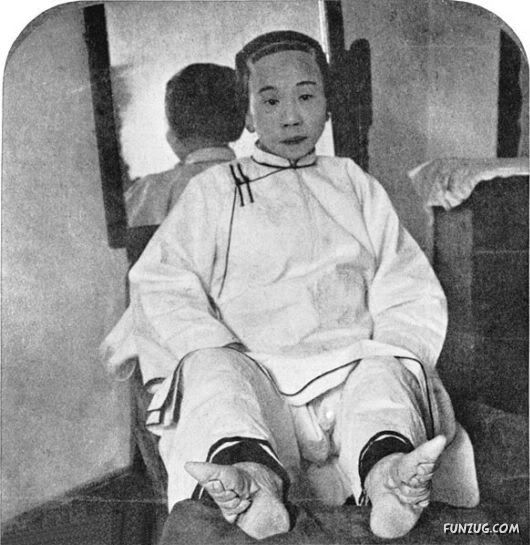The UCSF study, part of a larger study of osteoporosis in China, is the first to look at the prevalence and consequences of foot binding, according to lead author Steven R. Cummings, MD, UCSF professor of medicine and epidemiology and biostatistics.
UCSF researchers examined a randomly selected sample of 193 women in Beijing (93 at 80 years or older and 100 between 70 and 79 years). They found 38 percent of women in the 80s age group and 18 percent of those in the 70s age group had bound foot deformities.
The study shows that women in the 80 years or older group with bound feet were more likely to have fallen during the previous year than women with normal feet (38 percent vs. 19 percent) and were less able to rise from a chair without assistance (43 percent vs. 26 percent).
“We also found that women with deformed feet were far less able to squat, an ability that is particularly important to toileting and other daily activities in China,” Cummings says.

 IMAGE CORNER
IMAGE CORNER Wallpapers/Cool Images
Wallpapers/Cool Images Miscellaneous
Miscellaneous Foot Binding Weird Chinese Tradition
Foot Binding Weird Chinese Tradition IMAGE CORNER
IMAGE CORNER Wallpapers/Cool Images
Wallpapers/Cool Images Miscellaneous
Miscellaneous Foot Binding Weird Chinese Tradition
Foot Binding Weird Chinese Tradition
